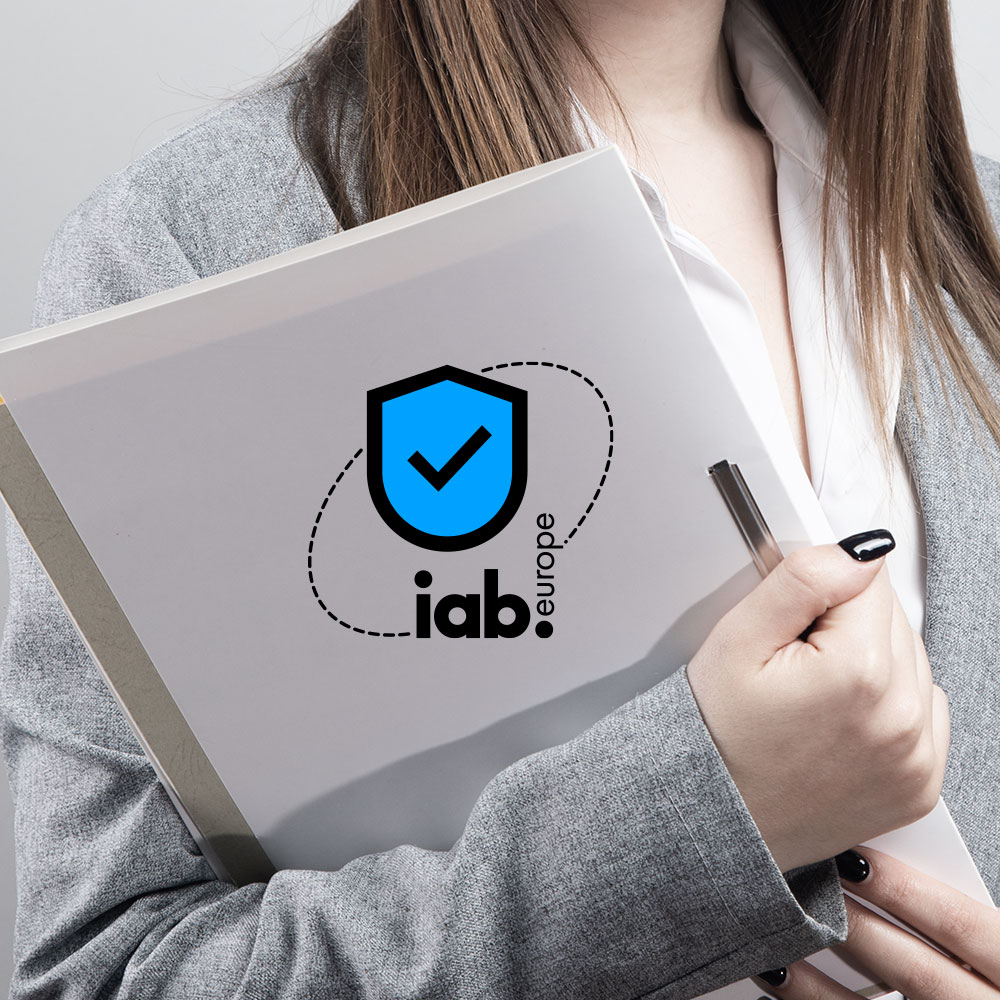As privacy regulations tighten worldwide, businesses must adapt to increasingly complex data landscapes. Third-party cookies, while not entirely phased out, are becoming less effective due to these restrictions. Even with top Consent Management Platforms (CMP) like Usercentrics, obtaining user consent is challenging, complicating attribution and driving up the cost per lead for marketing campaigns. Retargeting, now referred to as Re-engagement by Google, has also become more complex.
To address these challenges, industry leaders like Google are encouraging companies to “bring their own data.” This means businesses should start collecting Zero and First Party data.
Zero-party data, often heralded as the “Holy Grail” of marketing, is information that customers intentionally and proactively share with a brand. This includes data provided through quizzes, surveys, preference centers, and opt-in forms. Because users explicitly state their preferences, zero-party data is highly reliable for creating personalized marketing strategies.
First-party data, also known as customer or proprietary data, is collected directly from your audience through your own channels. This data encompasses information from website analytics, CRM systems, purchase history, and customer feedback. First-party data is invaluable for understanding user behaviors and preferences, providing a solid foundation for targeted marketing efforts. The industry often collectively refers to both Zero and First Party data as First Party data.
Read about first party data marketing now.
Both zero and first-party data are essential as they ensure compliance with data privacy regulations and help build trust with customers by respecting their privacy and preferences. This shift is not just about compliance; it’s about ensuring that your marketing efforts remain effective and relevant in a more privacy-conscious world.
With stricter regulations like GDPR in Europe and the Digital Markets Act (DMA), along with various US data privacy laws, businesses must handle user data with greater care and precision. Tools like Google’s Customer Match and Facebook’s Audience Ad Targeting now require explicit consent, which must be collected at the moment users provide their data and passed programmatically via API to various tools. Failing to properly pass the consent signal can result in non-compliance and significant marketing inefficiencies.
Integrating marketing automation tools with preference management solutions is no longer optional—it’s essential.
Effective integration ensures that user preferences are accurately captured and managed across various platforms, facilitating the creation of targeted and compliant marketing campaigns. By streamlining the collection and use of Zero and First Party data, businesses can craft highly personalized campaigns that resonate with their audience while adhering to privacy standards. This not only enhances customer engagement but also helps avoid potential regulatory issues.
Usercentrics Preference Manager is a key player in this integration process. It simplifies the synchronization of user preferences across different channels and marketing tools, ensuring your data is always accurate and up-to-date. This seamless integration is vital for meeting data privacy requirements and delivering personalized experiences that build trust with your audience. With Usercentrics PMP, managing user preferences and staying compliant becomes much more straightforward, allowing you to focus on what you do best: creating impactful marketing strategies.
In this guide, we explore the benefits of integrating Usercentrics Preference Manager into your martech stack and provide an example of setting up the Mailchimp integration via Zapier.
Benefits of Integrating Your Martech Tools with Usercentrics Preference Manager
Flexible and Customizable User Interface
Usercentrics Preference Manager offers a dynamic and adaptable interface that empowers end-users to manage their communication preferences effortlessly across multiple touchpoints, including websites, onboarding processes, and mobile apps. This flexibility goes beyond what is typically available, providing a more tailored and engaging experience for users. By integrating with Mailchimp’s Preference Manager, Usercentrics enhances the overall functionality, offering an intuitive and customizable interface that aligns seamlessly with your brand’s identity and user experience goals.
Critical Privacy Layer
Privacy is at the core of Usercentrics Preference Manager. The platform adds a crucial layer of privacy protection by maintaining a comprehensive history log of all user preference changes, ensuring thorough audit trails. This feature is essential for businesses striving to comply with stringent data privacy regulations such as GDPR and CCPA. Furthermore, Usercentrics allows businesses to define data retention periods for valid user preferences, thereby enhancing compliance and reinforcing user trust in how their data is handled.
Seamless Integration for Targeted, User-Controlled Email Campaigns
The integration between Usercentrics Preference Manager and Mailchimp is designed to be seamless, enabling businesses to deliver highly targeted and personalized email campaigns. This integration ensures that all marketing efforts are fully controlled by the end user, fostering a sense of trust and transparency. Users can easily update their preferences, and businesses can automatically reflect these changes in their email marketing strategies, resulting in more relevant and engaging communications.
Streamlined Workflow
Integrating Usercentrics Preference Manager with Mailchimp not only enhances functionality but also streamlines workflows. This integration eliminates the need for manual data entry and significantly reduces the risk of errors. Marketing teams can rely on accurate, up-to-date user preference data, allowing them to focus on crafting impactful content and strategies. By automating the synchronization of user preferences, businesses can ensure that their marketing campaigns are both effective and compliant, ultimately leading to better customer engagement and satisfaction.
Why Usercentrics Preference Manager?
What sets Usercentrics Preference Manager apart from other preference management platforms? Below are some of the core capabilities that make it the ideal choice for businesses seeking comprehensive preference management, enabling them to create tailored and engaging experiences for their audience.
Granular Preference Capture
Usercentrics Preference Manager excels in capturing user preferences with a high level of detail. This allows you to gather deep insights into what your users are interested in, their preferred content, and how they wish to communicate with you. Such granularity ensures that you can cater to each user’s unique needs, enhancing their experience and your engagement with them.
Customizable Widgets
The platform offers customizable widgets that you can align with your brand’s look and feel. This flexibility ensures that the preference capture process is not only efficient but also seamlessly integrated into your user journey, reflecting your brand’s identity and commitment to user-centric design.
Robust Data Security Measures
In today’s digital landscape, data security is paramount. Usercentrics Preference Manager prioritizes this by implementing stringent security measures. These measures protect user preference data, fostering trust and ensuring compliance with global data privacy regulations. By safeguarding this data, you reinforce your commitment to user privacy and build stronger, trust-based relationships with your customers.
Integration with Popular Platforms
Usercentrics Preference Manager is designed to integrate smoothly with a wide range of popular platforms, making it a versatile addition to your existing tech stack. Whether you’re using marketing automation tools, CRM systems, or other digital marketing solutions, Usercentrics can adapt to fit your needs. This capability ensures that you can effectively manage user preferences across various tools, enhancing your ability to deliver personalized and relevant marketing content.
For instance, integrating Mailchimp via Zapier is straightforward with Usercentrics. This example highlights the ease with which you can transfer user preferences and leverage personalized marketing. By integrating these platforms, you streamline operations and ensure that user data is accurately reflected across all your marketing efforts, making your campaigns more effective and compliant with privacy standards.
Find out how Usercentrics Preference Manager ranks against similar tools: 8 top preference management tools in 2024
Integrating Usercentrics Preference Manager with Mailchimp via Zapier
Integrating Usercentrics Preference Manager with Mailchimp through Zapier simplifies how you manage and utilize user preferences. Follow these steps for a smooth integration:
Step 1: Utilize Webhook Functionality on Usercentrics Preference Manager
Usercentrics Preference Manager offers webhooks, a feature that allows for seamless data transfer between different platforms. Think of webhooks as a way to easily send user preference information to other systems.
Step 2: Capture Webhook Data with Zapier
Set up Zapier to capture the data sent by Usercentrics Preference Manager. Zapier acts as an intermediary, monitoring for new data and ensuring it is processed efficiently. This step helps you catch and manage the data effectively.
Step 3: Update Mailchimp with Processed Data
Use the processed data from Zapier to update or add information in your Mailchimp mailing lists. This step ensures that your email campaigns reflect the latest user preferences, allowing you to tailor your communications more effectively.




